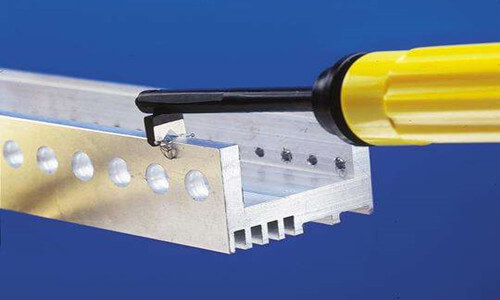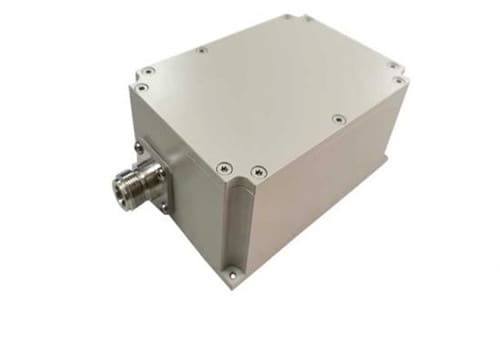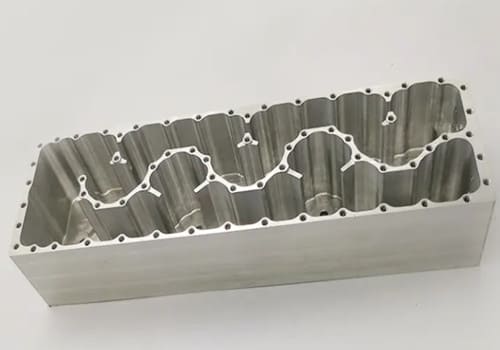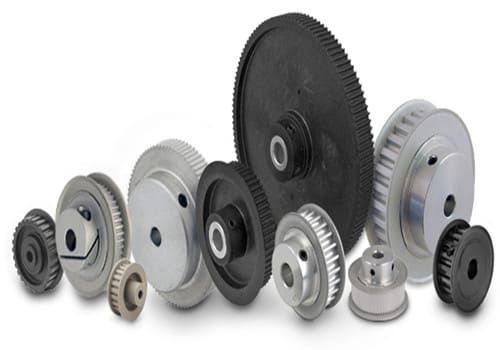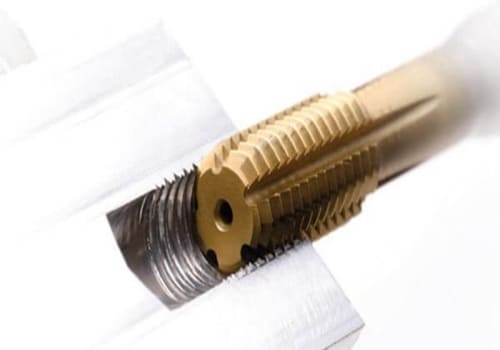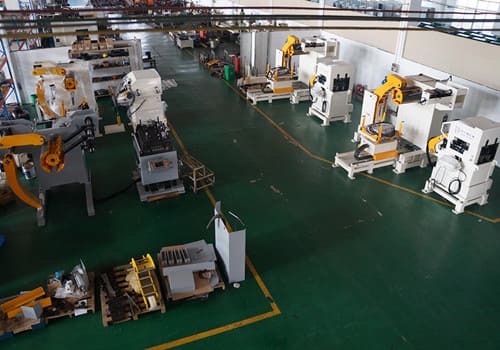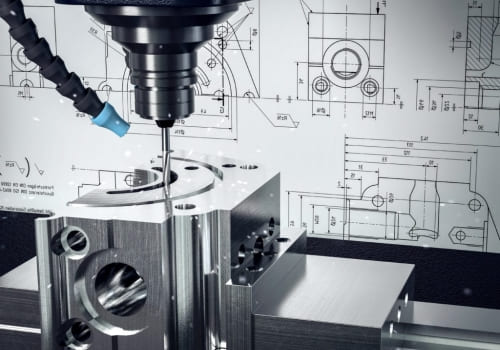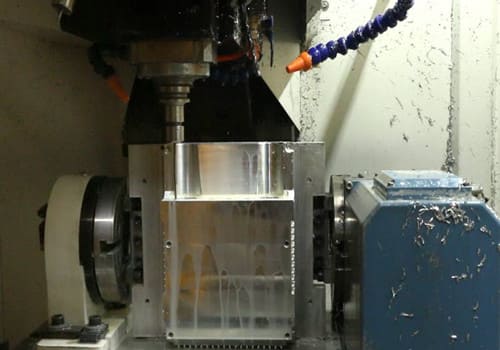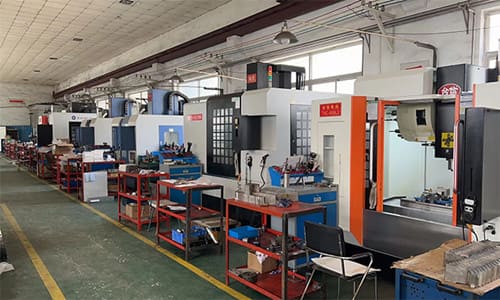The burrs are found in metal casting, milling or electroplating processes, with scraps on the surface of the metal parts or very fine microscopic metal particles. The appearance of burrs will greatly reduce the quality standards of metal parts, so it should be prevented as much as possible, or try to remove burrs. Here are 10 deburring methods for reference:
Manual deburring
The operator uses a tool such as a file, sandpaper, and a grinding head to polish the workpiece and remove the burr. This method is not very technically demanding for workers. It is suitable for products with small burrs and simple product structure. Therefore, it is also a method for deburring commonly used in general enterprises. The sickle is divided into two types: artificial file and pneumatic file. Manual file is more expensive, deburring efficiency is not very high, and it is difficult to remove complex cross holes.
Die deburring
The burr is removed by a method of making a die with a punch. Deburring of the die requires a certain cost of rough and fine die making, and it may be necessary to make a shaping die. For products with simple parting surface, the efficiency and effect of deburring is better than the manual method.
Frozen deburring
This is a method of using a sudden drop in temperature to quickly embrittle the burr and then ejecting the projectile to remove the burr. The frozen deburring is suitable for products with small wall thickness and small workpiece. The price of the whole set of equipment is not cheap, about RMB 200,000 or 300,000.
Thermal explosion deburring
Thermal explosion deburring is also known as thermal energy deburring, explosion deburring. This is to put some easy gas, into a device furnace, and then through the action of some media and conditions, make the gas instant explosion, use the energy generated by the explosion to dissolve the burr removal method. The equipment required for this method is expensive, usually reaching more than one million RMB, and the requirements for operating technology are also high. The burr removal efficiency is low, and it also causes side effects such as rust and deformation. Thermal explosion deburring is mainly used in some high precision parts, such as automotive and aerospace precision parts.
Engraving machine deburring
The engraving machine is used to remove the burrs on the workpiece. The price of the equipment is not very expensive, usually only tens of thousands of yuan, which is suitable for removing burrs with simple spatial structure and simple and regular position.
Chemical deburring
The chemical deburring method utilizes the principle of electrochemical reaction to automatically and selectively remove burrs from parts made of metal materials. It is suitable for internal burrs that are difficult to remove, especially for removing fine burrs on products such as pumps and valve bodies.
Electrolytic deburring
A method of removing burrs of metal parts by electrolysis. This method has certain side effects because the electrolyte is corrosive, and the vicinity of the burr is also subjected to electrolysis, and the surface loses luster and even affects dimensional accuracy. Therefore, the workpiece should be cleaned and rust-proofed after electrolytic deburring. This method is suitable for removing the burrs of the cross-holes or complex-shaped parts, and this method production efficiency is high, the operation generally takes only a few seconds to several tens of seconds. It is suitable for deburring of gears, connecting rods, valve bodies and crankshaft oil passage orifices, as well as rounding of sharp corners.
High pressure water jet deburring
This is a method of removing burrs and flash by the instantaneous impact of water, and at the same time can achieve the purpose of cleaning. This equipment is expensive, mainly used in the heart of cars and the hydraulic control system of engineering machinery.
Ultrasonic deburring
Ultrasonic propagation can also produce instantaneous high pressures that can be used to remove burrs. This method is highly accurate and is mainly used to remove some microscopic burrs that can only be observed by a microscope.

